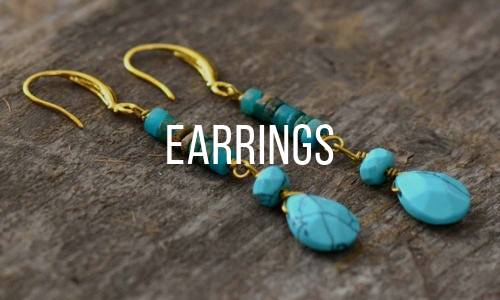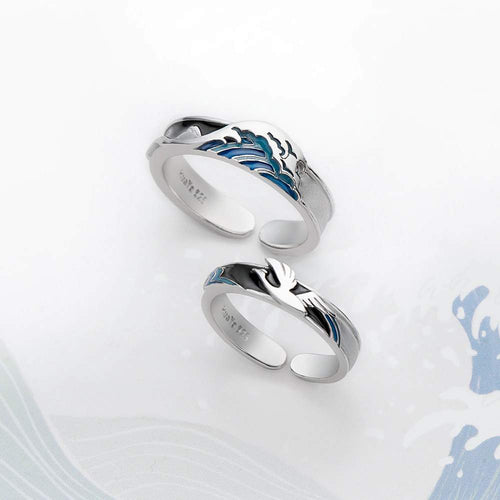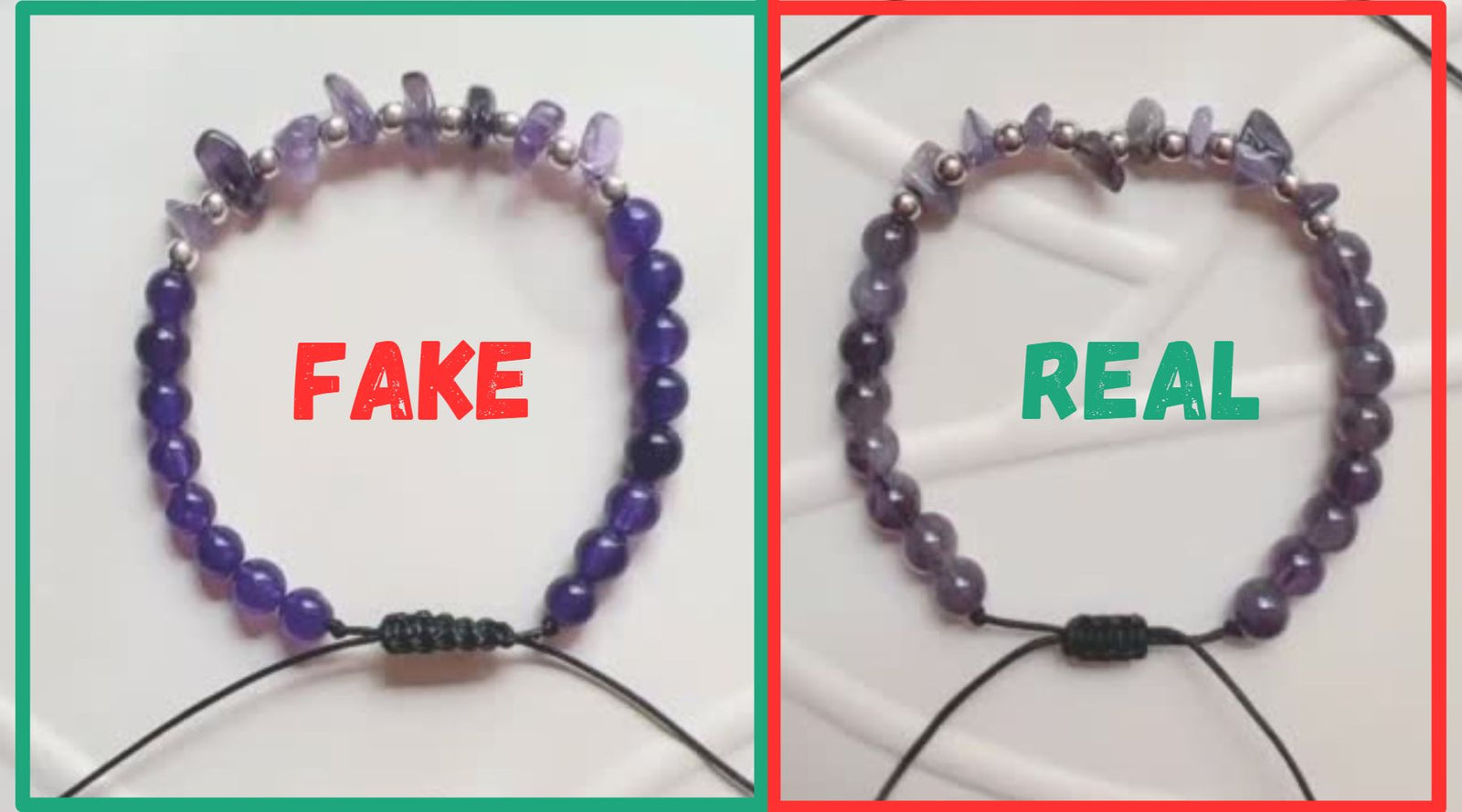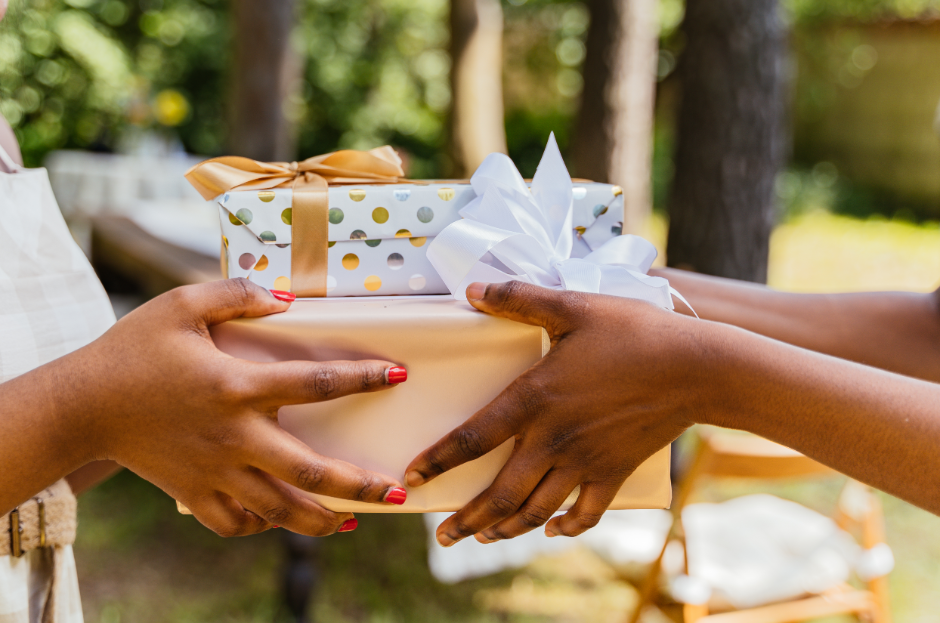Crystal jewelry has long captivated us with its stunning beauty and powerful metaphysical properties. As crystal jewelry becomes more and more popular, there is always going to be an increase in the number of imitations flooding the market.
Whether you’re a seasoned collector or a newcomer to the world of crystals, it’s important to know the difference between genuine and fake pieces.
As experts in genuine crystal jewelry here at Zen Craft House, our latest blog will walk you through the key steps to identify authentic crystal jewelry.
Let's get the mini answer first and then look in more detail.
To identify genuine crystal jewelry, look for certification from reputable sources like the Gemological Institute of America (GIA). Also, check for clarity, weight, and craftsmanship. Authentic pieces often come with a certificate of authenticity and detailed gemstone information.
So now we can see at a glance how you can make sure your beautiful crystal jewelry is authentic, let's get in a little deeper.
Understanding Crystals: The Basics
Before delving into identification techniques, it's important to understand what crystals are. So here it is in a nutshell!
Crystals are solid substances where the atoms are arranged in a highly ordered, repeating pattern, giving them their distinct shapes and physical properties. They form over thousands to millions of years under specific geological conditions.
Common crystals used in jewelry include quartz, amethyst, citrine, and turquoise.
Key Characteristics of Genuine Crystals
Each type of crystal has unique characteristics that can help you work out its authenticity.
1. Color and Clarity
Genuine crystals often exhibit natural variations in color and clarity. For example, amethyst ranges from light lavender to deep violet. If an amethyst looks too uniform in color or overly vibrant, it might be synthetic or dyed.
Natural crystals may also have inclusions, which are internal flaws or particles that look like tiny bubbles, cracks, or mineral deposits.
These inclusions, often viewed as imperfections, are a sign of authenticity. Gemologist Robert James notes, "Inclusions are the fingerprints of nature, unique to each crystal."
2. Hardness
The hardness of a crystal is measured on the Mohs scale, which ranges from 1 (talc) to 10 (diamond). Each crystal type has a specific hardness level. For instance, quartz has a hardness of 7, meaning it can scratch glass and be scratched by harder materials.
To test a crystal’s hardness, you can perform a simple scratch test. Use a material with a known hardness (like a steel file or a piece of glass) and see if it leaves a mark on the crystal. Be careful though if you are going to have a go at this test to avoid damaging the crystal.
3. Temperature
Genuine crystals often feel cool to the touch, even at room temperature. This is because they conduct heat differently than glass or plastic.
Hold the crystal in your hand and see how it feels. If it warms up quickly, it might be an imitation.
Natural crystals take longer to adjust to your body temperature.
4. Weight
Real crystals tend to be heavier than their fake counterparts due to their dense atomic structure.
When comparing two pieces of jewelry, the heavier one is more likely to be genuine.
This method works better if you have experience handling different types of crystals.
Spotting Fake Crystals
So how do you spot a fake?
1. Glass and Plastic Imitations
One of the most common types of fake crystals is glass.
Glass can be colored and cut to mimic the appearance of natural crystals but lacks the hardness and specific gravity of genuine crystals.
In the same way, plastic imitations are lightweight and warm up quickly in your hand.
To find the difference between glass and real crystals, look closely for bubbles inside the stone. Glass often has small air bubbles, which are absent in natural crystals.
2. Dyed Crystals
Some unscrupulous sellers use dye to enhance the color of lower-quality or fake crystals.
While some dyed crystals can still be beautiful, they lack the natural energy and properties of genuine ones.
To check for dyed crystals, closely examine the color. If it appears too vibrant or unnatural, it might be dyed. You can also look for color concentrations around cracks or edges, where the dye might have built up.
3. Synthetic Crystals
Synthetic crystals are lab-grown and share the same chemical composition as natural crystals. While they are not fake, they lack the geological history and natural energy of earth-formed crystals.
Synthetic crystals are often flawless, with uniform color and no inclusions.
The Gemological Institute of America (GIA) says that
"Synthetic gemstones are created in laboratories with controlled conditions. They can be distinguished from natural gems through various scientific methods, but often not with the naked eye."
Genuine Crystal Certificates from the GIA
When buying real crystal jewelry, make sure you buy pieces that come with certificates of authenticity, such as those provided by the Gemological Institute of America (GIA).
A GIA certificate is a detailed document that verifies the authenticity and quality of a gemstone.
What is the GIA?
The Gemological Institute of America (GIA) is one of the most respected authorities in gemology. Founded in 1931, the GIA is a nonprofit institute dedicated to research and education in the field of gemology.
The GIA developed the universally accepted grading system for diamonds and is renowned for its rigorous standards and commitment to scientific integrity.
What Does a GIA Certificate Include?
A GIA certificate includes detailed information about the gemstone, such as:
-
Type of Gemstone: The certificate will specify whether the gemstone is natural or synthetic.
-
Carat Weight:The exact weight of the gemstone.
-
Color:A precise description of the gemstone's color, including any color zoning.
-
Clarity:Details about any inclusions or flaws within the gemstone.
-
Cut:Information on the cut and shape of the gemstone.
-
Treatments:Disclosure of any treatments or enhancements the gemstone has undergone.
Why a GIA Certificate Matters
A GIA certificate provides peace of mind, assuring you that the crystal you purchase is genuine and accurately described.
A GIA certificate is essentially like a gemstone's passport. It provides crucial information that helps buyers understand exactly what they are buying.
How to Verify a GIA Certificate
When buying crystal jewelry, you can verify the certificate's authenticity by checking the GIA's online database using the report number provided on the certificate.
This extra step ensures that the document is legitimate and matches the gemstone in question.
How to Identify Genuine Crystal Jewelry - Trust in Zen Craft House
So as we’ve found out today, identifying genuine crystal jewelry requires a keen eye and some basic knowledge.
By understanding the natural characteristics of crystals and knowing how to spot imitations, you can make informed choices and enjoy the true benefits of these beautiful stones.
If you are looking for authentic, high-quality crystal jewelry, Zen Craft House is your trusted source!
Our commitment to quality and authenticity ensures that you’ll find pieces that not only look stunning but also carry the natural energy of genuine crystals.
Explore our beautiful collection today and add a touch of natural and organic elegance to your jewelry box!








